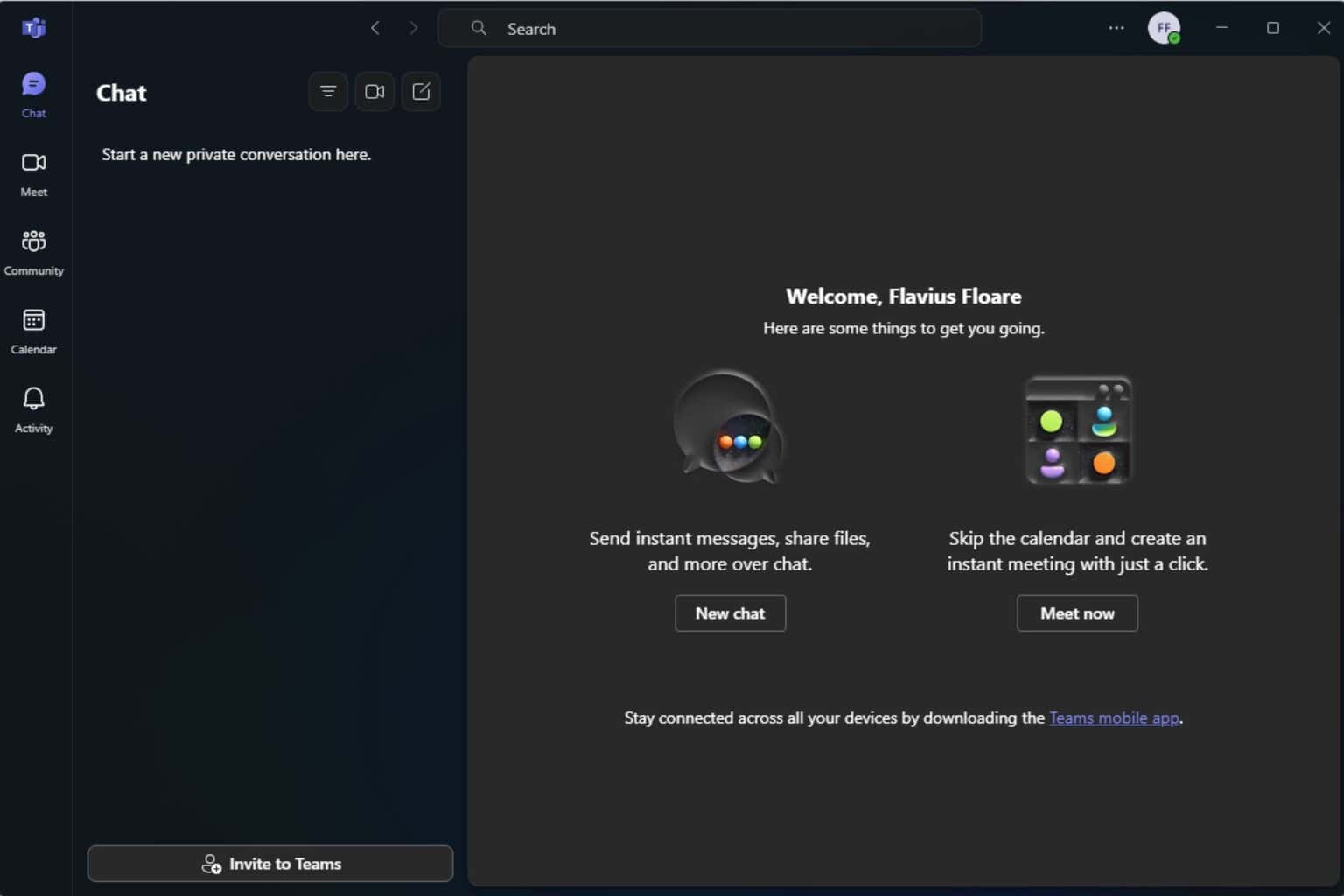
Microsoft will enhance Teams with a Migration Tool that lets users switch from other platforms to it
- 24.03.2025 11:23
- windowsreport.com
- Keywords: Teams Migration Tool, Microsoft
Microsoft will introduce a migration tool for Teams in May, enabling users to transfer content from third-party platforms to Teams seamlessly. This tool, available through Microsoft Admin Center, allows administrators to connect external workspaces, plan migrations, and transfer files and messages into standard Teams channels.